John’s been in touch and has added to the On30 shelf layout plans on the blog:
“I have been busy lately on another small layout…
This one is in On30 (O scale on HO track).
The layout is 8 Inches Wide and 48 inches long… I also built a similar one in the same size but for HO standard gauge… This latter one is about to be fully rebuilt… I did not like some of the things I tried on it….
I have shot pictures on the On30 layout to illustrate what i call “Eye-Scale” modelling.
The structures are removable and cost me a grand total of $5.00 U.S. to build… For the pair!
Since these pictures were taken, I have also added a tree… The tree and the structures are removable for easy transport….
This is my second On30 layout….
I hope you enjoy…
Sincerely,
John”
On30 shelf layout plans:
“Measure twice and cut once.
In kit bashing or scratch building, it doesn’t hurt to make a mock up of a building first.
If a piece of rolling stock, good clear photos are invaluable.
Make sure all your liquid material is relatively fresh and new.
Do you have all building materials that you need?
I have learned the “hard way” from the above and now have made my own “check list” before I start.
Rich”
“1) Mix powdered resenol adhesive with ballast then apply the ballast to the track and shape it the way you want it and then spray it with a mixture of alcohol and water wipe the rails, it will dry like a rock and you are done.
2) Mix powdered tempra paint with plaster or hydrocal before you add the water, then use it to make your scenery, if it chips it won’t show and you can still add color to it to make it stand out.
3) Use women’s eye shadow and masccara to weather railroad rolling stock, and structures, and scenery works great and you can get it in several shades from white to black and everything in between, makes excellent rust and mud.
Thomas”
“Al:
My tip for the best and lease expensive track cleaner- Wahl hair clipper oil spread from a track cleaning car and dirt picked up with Masonite pads riding under freight Cars and held down only by their own weight. I have brass track in hidden staging which has been cleaned this way for 30 years with no problems.
Paint from a spray can good enough for brass steam: Napa CDC502 flat black. It’s a nice dark grey, not really black and it goes on without spatters and runs if you are careful.
Superelevation without shims can be done by tilting the risers slightly when the benchwork is being done.
Doug”
And lastly, in the previous post, I asked some questions about the Flying Scotsman. Thanks for all your replies. Here’s one from Geoff that put me straight:
“Hi Alistair
Re your question about the 100 mph record:-
The answer is that both claims are worthy. GWR’s City class no. 3440, City of Truro, which was built at the Swindon Works in May 1903, was hauling a mail train from Plymouth to London in May 1904 when it reached a claimed top speed of just over 102 mph. This was while going down a slope at Whiteball near Somerset.
The background of this engine is that it was one of 20 built during the first decade of the 20th century. By the 1920s it was thought to be out of date and by 1931 all of this class had been scrapped except City of Truro. This locomotive was then taken to the newly set up Transport Railway Museum – now the National Railway Museum. It has been brought out of retirement a couple of times previously, but this year it was overhauled and put back into working order at a cost of £130,000 for the centenary of the record run and the rail bicentenary, Railfest.
The 102.3mph run, however can only be a claim. It was recorded by railway journalist Charles Rous-Marten, but there was no second timekeeper to confirm his reading. City of Truro’s record has therefore always been a matter of dispute.
By 1934, however, locomotives attempting records had a dynamometer car attached, with all sorts of devices for measuring speeds. The name ‘The Flying Scotsman’ referred to an express train service, which ran between London and Edinburgh. From 1925 to 1963, a Pacific steam locomotive pulled it and was itself named Flying Scotsman. It was designed by the engineer Sir Herbert Nigel Gresley. Flying Scotsman was the third of the A1 Pacifics to be built, and the first new locomotive built for the new London North Eastern Railway (LNER). The locomotive first ran in 1923 and in 1924 she was at the British Empire Exhibition. It was on 30 November 1934 that Flying Scotsman achieved the first properly authenticated 100mph for a steam engine. This was while she was running between Leeds and London.
Regards
Geoff”
That’s all this time folks. Thanks to John for adding to the On30 shelf layout plans.
That’s all for today folks.
Please do keep ’em coming.
And if today is the day you get started on your layout, the Beginner’s Guide is here.
Best
Al
PS Latest ebay cheat sheet is here.
PPS More HO scale train layouts here if that’s your thing.
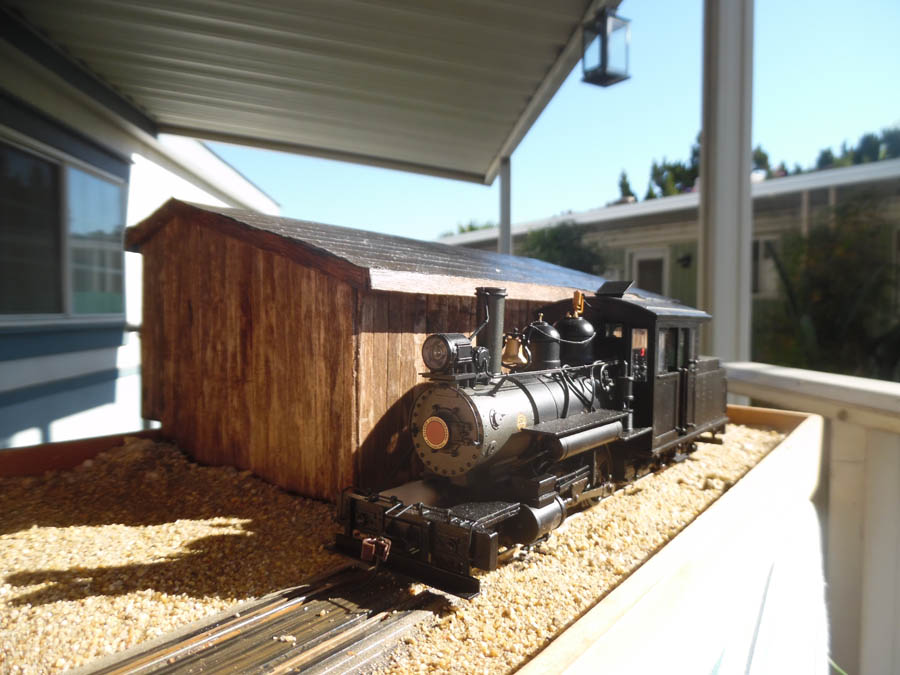
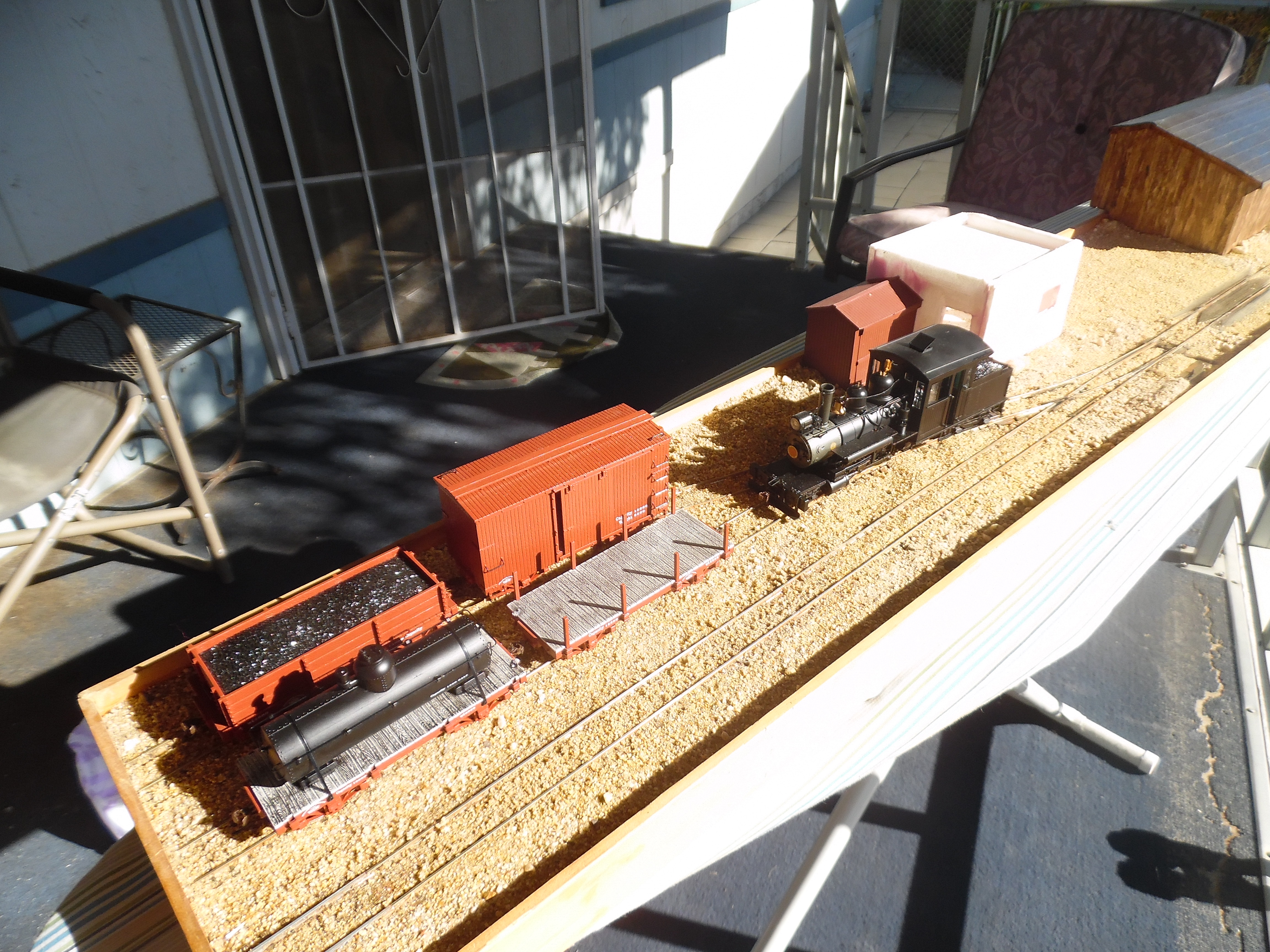
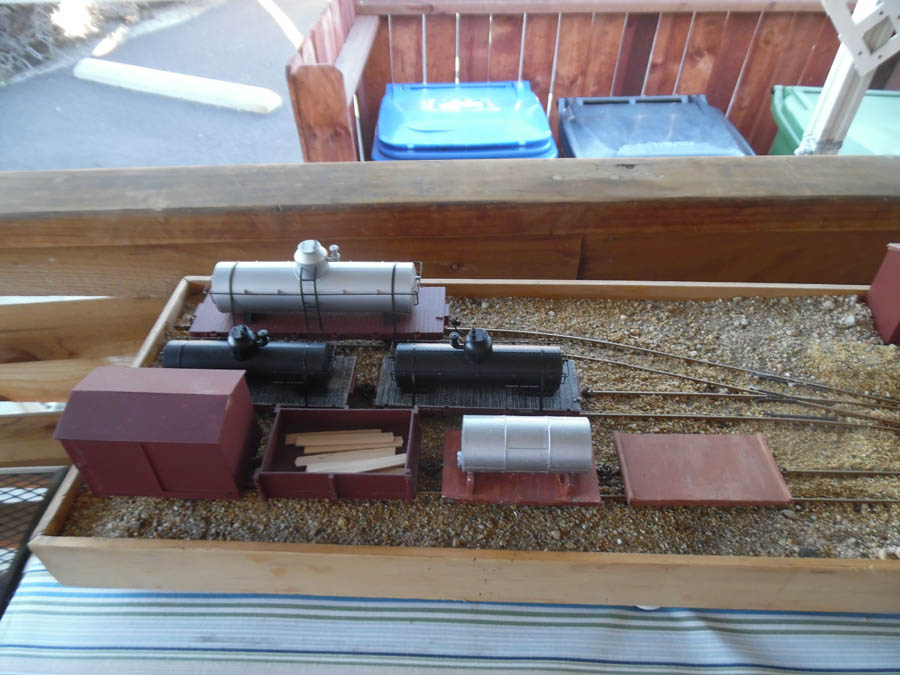
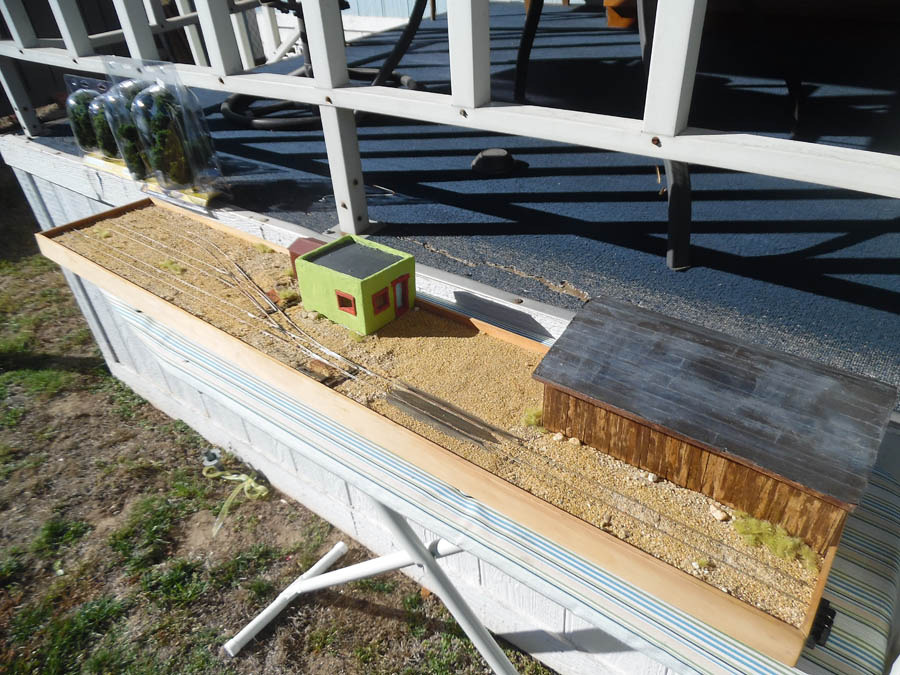
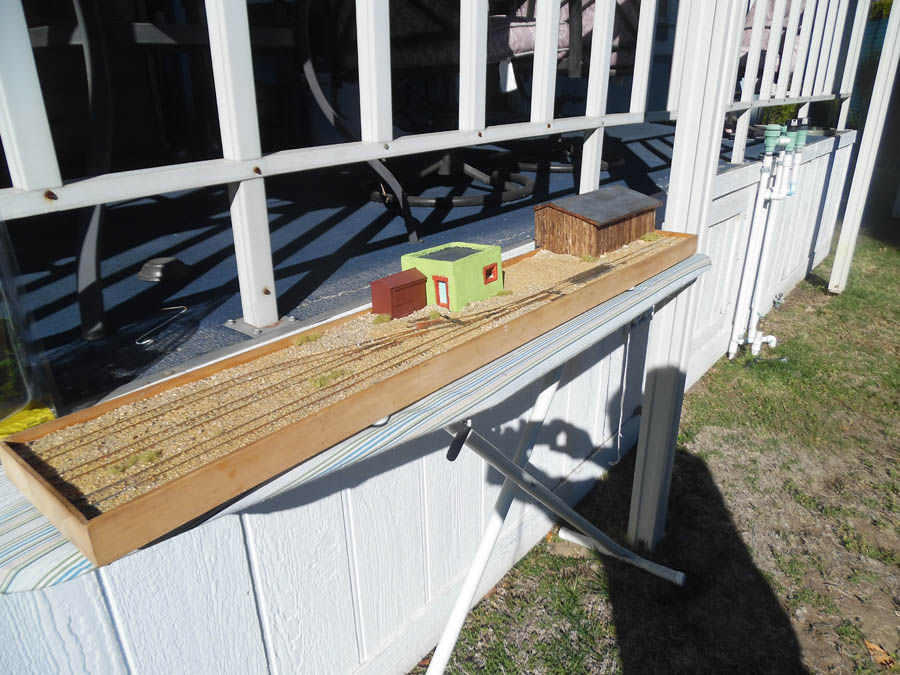
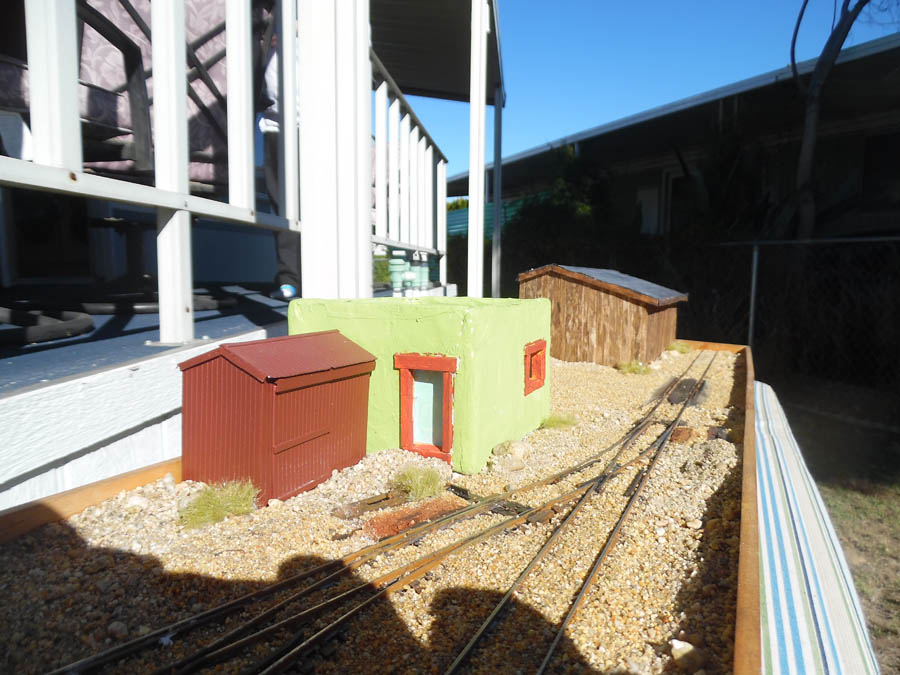
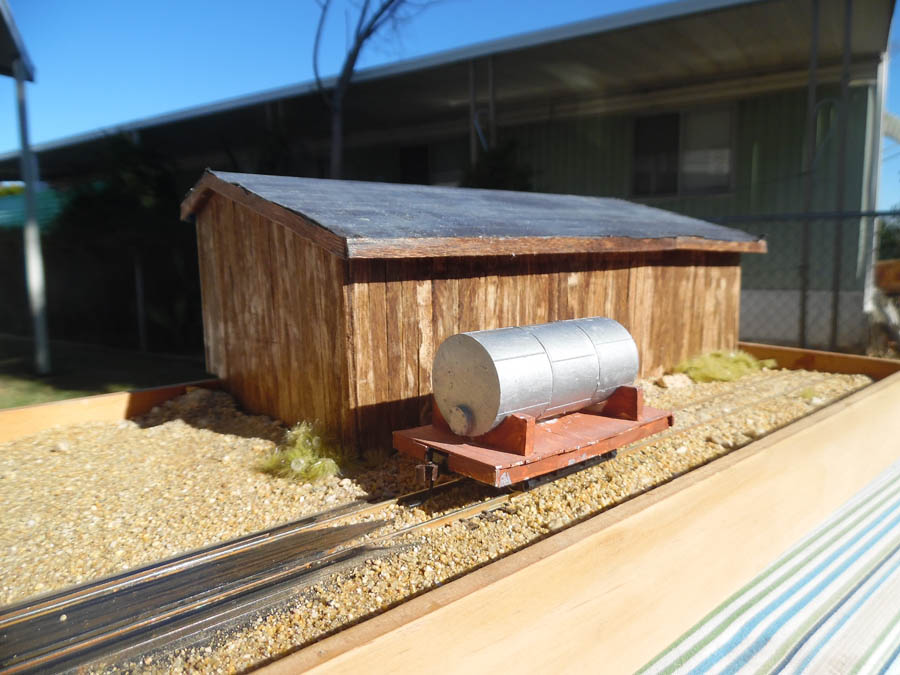
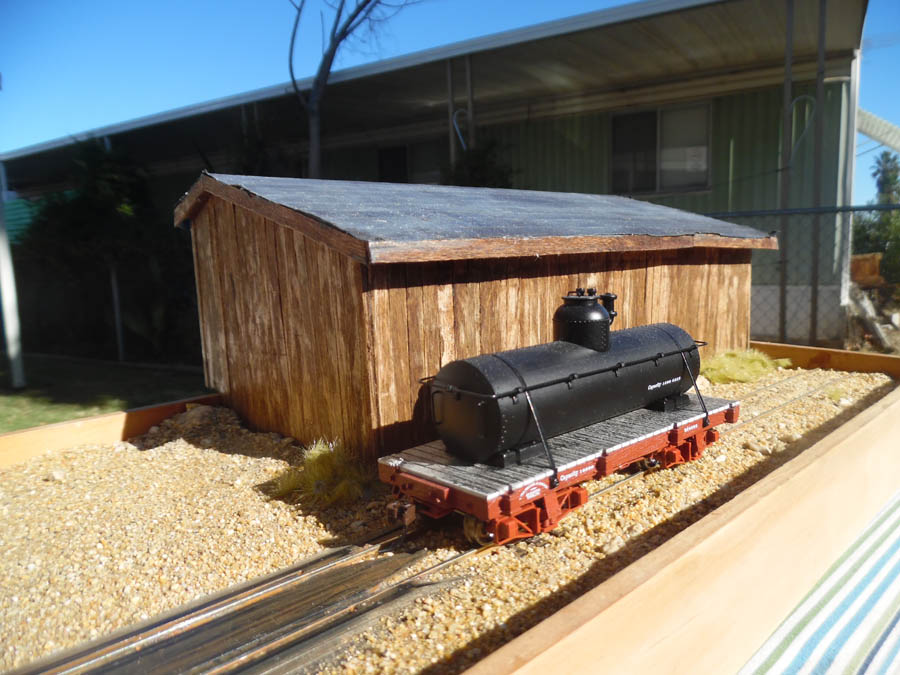
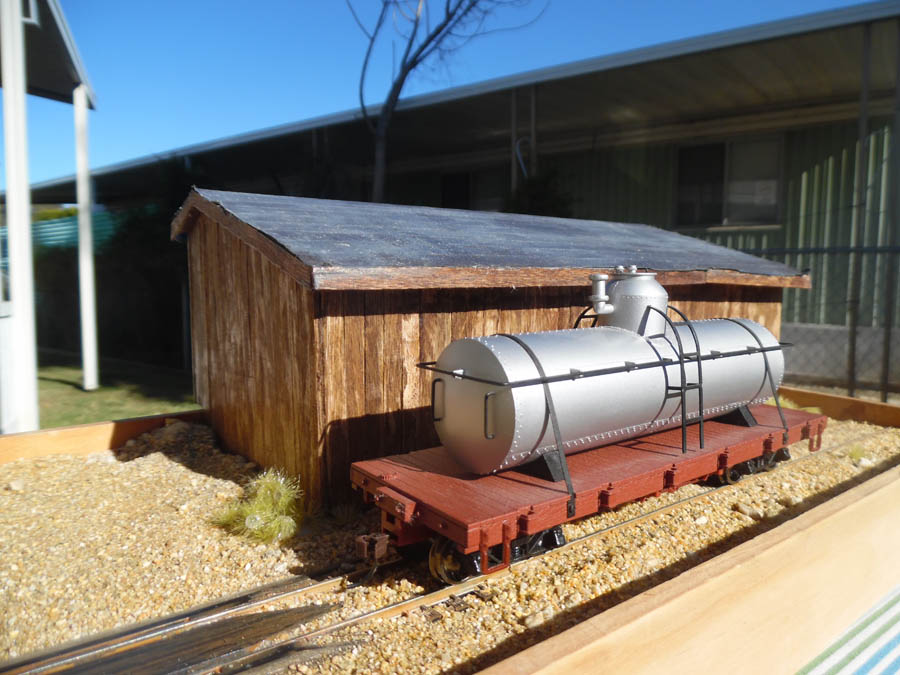
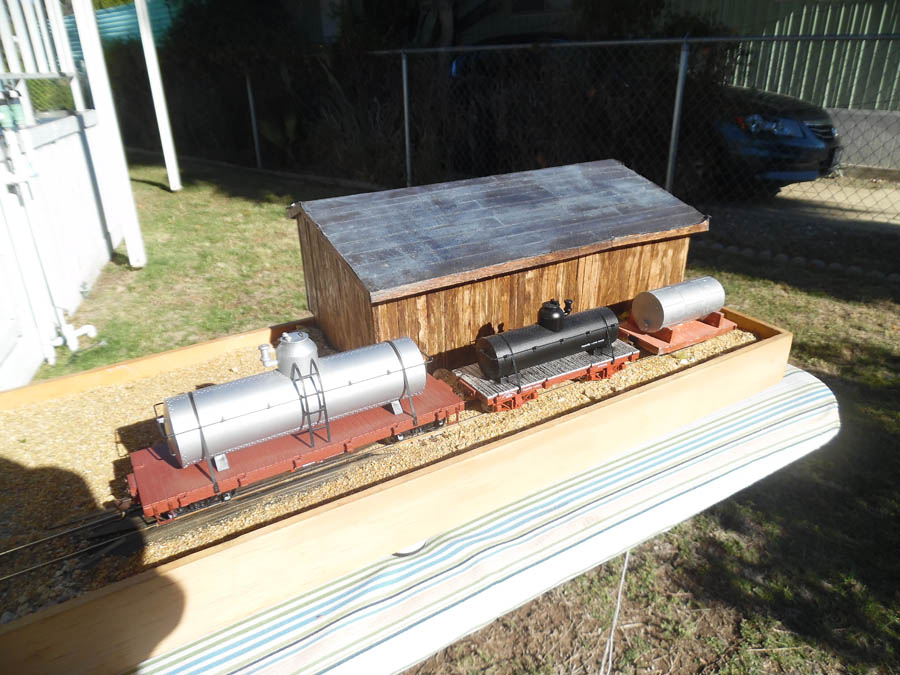
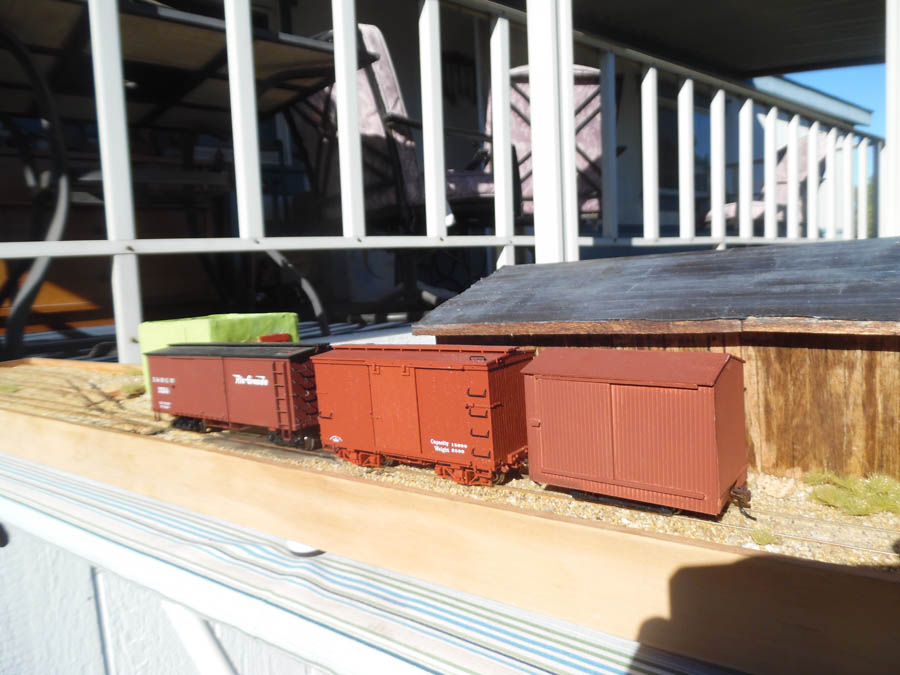
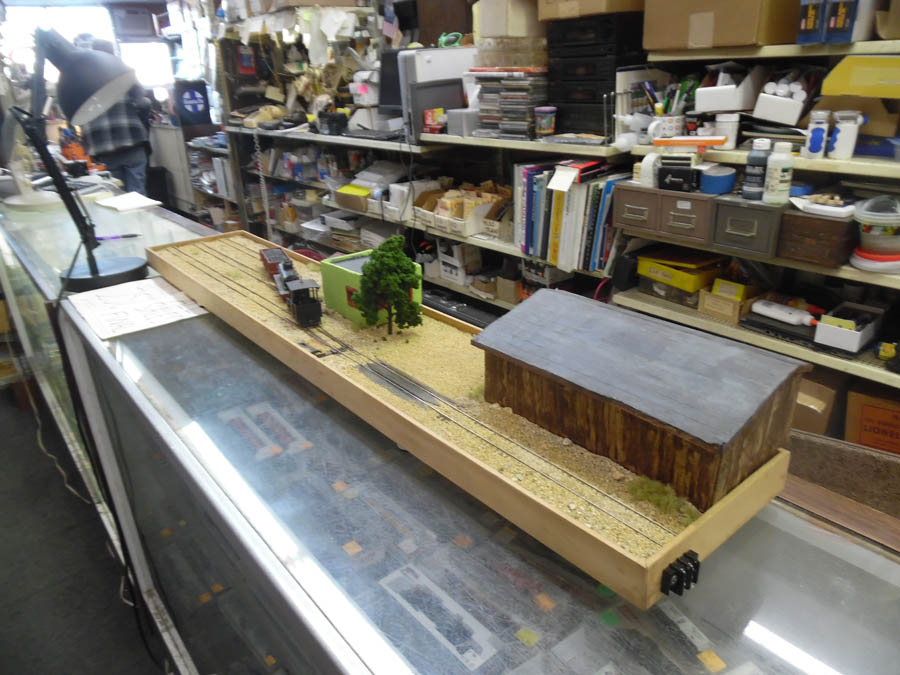
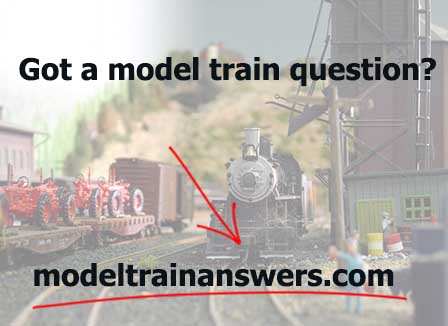

Thomas,
What is powdered resenol adhesive. Brand name please.
Jim.
i
It all looks good, I had to take my layout down and store it.
Iamabout ready to get it back out and make bigger and better.
Aloha very curious about resenol powdered glue. How can I Acquire? I have A-lot of ballast to affix…
Mahalo from Hawaii!
A great way to have a model railway if you don’t have enough space.
Paul From Ozzie
I just ordered 1 pound of powdered resin Weldwood glue. It mixes and hardens with water which I’m going to try for my ballast.
For people here in the UK resenol sounds a lot like cascamite which is a powdered wood glue that you mix with water.
Great Idea.
Great job so far. I’m sure it is coming around at your pace. Keep up the good work.
wow pretty koool !!
built on an ironing board….
how portable can you get???
great stuff…
keep em runnin fellas
stjohn in long beach calif
A couple of items to add…
Over the past few years I have built several small layouts… These small layouts allowed me to try new ideas with relatively little capital investment… Some much cheaper than others…One local hobby shop I regularly went to has a “show and tell” on the last Saturday of each month… Alas the owner of that store has passed and it looks like the store itself will soon be gone also…
The ironing board idea came from reading a Model Rail article several years ago that featured an exhibition layout known as Irontown.. Given the size (or lack thereof) of my layouts, it became a very easy way for me to take my layouts outside for photography… That may not be possible on my next layout.
About “eye scale”… As model railroaders, we are usually stuck with the fact that we have limited space and unlimited vision. In the photos above, the wood structure scales out to approximately 20 feet wide by 40 feet long… BUT notice how the small tank car makes the building look larger while the largest tank car (which is still small by “standard gauge proportions) makes the same building look like a garden shed…
What Geoff said about flying Scotsman about the 100 mph speed is correct. A few may not know that the fastest steam locomotive was another LNER locomotive. An A4 4468 Mallard 125.88 mph or 202.58 km/h.
Why in tarhill did you cover you rail ties ? That’s what gives you the realism.
Watered down glue and alcohol does just fine, and mine is hard as a rock.
If you want to change track just spray water and lift track out of the ballast, walla!
Your way it can’t be removed .The water can’t penetrate the adhesive you created
The Critic.
You do not seem to have an explanation about number changes to the Flying Scotsman locomotive. Over the years the railway system was reorganised. Initially it was all privately owned railways which are a bit difficult to organise.
To simplify things and standardise these railways in 1923 these many were organised/grouped into just four large geographical area. Think London Midland and Scottish , London North Eastern, Great Western and Southern Railways etc Flying Scotsman was built for the LNER area with number 4472 in mid 1930s- the grouping age.. Post WW2 the railways were nationally organised (1947) as British rail and all locos renumbered In her case as 60103
With these tiny switching “layouts”, I can see how the construction phase provides relaxation, enjoyment, challenge, sense of accomplishment etc. That is, all the aspects of a hobby. However, to my mind, I have to think that any fun from actually operating the diorama must expire by the end of the day when the module has been completed! There’s just not much there to maintain interest … or am I missing something? How many times can you shuffle the same few rolling items over the same few inches of track?
I enjoyed all of the tips and photos in this post. Where does one buy “powdered resenol adhesive”? Amen to the supplies checklist — it’s discouraging when you get halfway into a project and find your paint is too dried up or some other needed component is missing. I do agree that John’s On30 module would look better with a bit less sawdust/ballast so you could actually see the track ties (or “sleepers” to you Brits.)
nice job cool looking like the buildings
Pretty Neat. I always wanted a train layout out side but was afraid of the elements outside.
I agree with Dwight in Toronto. Great to gain experience & try out some new techniques, but unless you are planning a modular layout which will inter-connect…seems like a bit of frustration. Unless just building for display, conversation piece. To each his own, I guess. Nevertheless, what you did was very well done.
Never let physical space limit one’s imagination!
Hi Alistair,
I understand the comment by Dwight in Toronto, but there is more to it. Inglenook Layouts created by Alan Wright (1928 – January 2005), is a model railway train shunting puzzle. (One of mine was featured by Alistair on 08 August last year: – https://modelrailwaylayoutsplans.com/inglenook-siding-layout/). With 5 trucks/wagons and a locomotive one can have 6,720 different shunting orders possible See http://www.wymann.info/ShuntingPuzzles/sw-inglenook.html
Best wishes to All
Andrew in Oz
This is wonderful!
Thanks for the terrific idea that I can use on my layout!
I always wanted to add more, but wasn’t thinking “outside the box”!
I can add a swing down section on my layout near the turntable giving me a much desired yard area!
Thanks for shaking up my old brain!
Walt
With all due respect….I wish “ The Critic” Robert Brady would post pictures of his personal layout. If you have to give yourself the name “The Critic” it doesn’t really count..
I agree with Tjkell55 that “The Critic” should show us his layout! Let’s see it, Robert!
nice setup. always measure twice and cut once, words to live by.